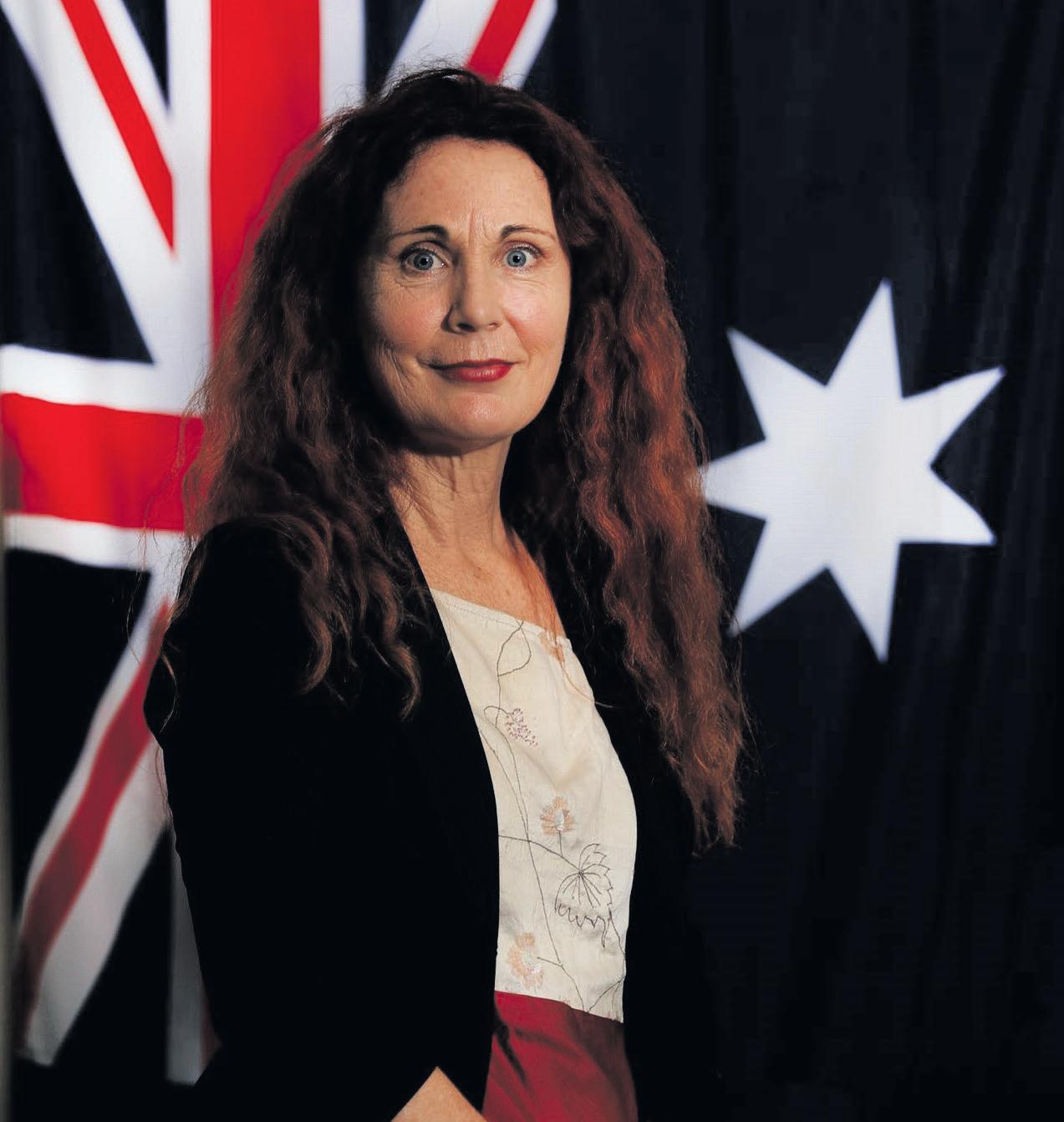
3 minute read
NEW IDEAS IN PLACE TO HELP TACKLE HOMELESSNESS IN TWEED
Exclusive
By SARAH WATERS
TWEED has the second highest rate of homelessness in regional NSW, falling only behind the Central Coast, according to recently released data from The Australian Bureau of Statistics (ABS).
The Northern Rivers Times recently published the story People in Need at an All Time High, in its April 20 edition, which detailed how not-for-profit organisations in Tweed are experiencing a surge in demand for their services.
According to the 2021 ABS Census (released last month) there were a total of 529 people experiencing homelessness in the Tweed Local Government Area (LGA) and another 304 people living in ‘marginal housing’ which is considered a crowded dwelling, improvised dwelling, or caravan park.
Tweed Shire Mayor Chris Cherry acknowledged the census figures were taken before last year’s flood and said the current homelessness rates would now be considerably higher.
“It is an incredibly significant and impacting issue in our community,” Ms Cherry said.
“Housing uncertainty impacts on every facet of your life.
“If you do not have a safe place to stay, it is very hard to hold down a job or attend school.”
Ms Cherry recently met with the NSW Minister for Housing and Homelessness Rose Jackson, who is also Minister for the North Coast, to discuss the housing crisis in Tweed.
“I took the opportunity to raise the urgency and seriousness of our situation here on the North Coast.
“She has committed to visiting the Tweed soon to talk through what could be done to help people.”
While there is no set date on when Ms Jackson will come to the Tweed, Ms Cherry said council has ‘renewed its push’ for a Common Ground housing model to be built in Tweed.
Common Ground provides affordable and supportive housing to individuals and families who have experienced or are at risk of homelessness, or suffer from a disability, including mental health and addiction.
Tenants are provided with a safe, permanent place to live and support to help them achieve stability in their lives.
Facts
could be built.
“It is land that the state government already owns, and it needs to be repurposed.
“We want to have it built in an area, where people can access everything, they need to.” to show them how successful it has been in reducing homelessness.
Brisbane Common Ground is a 14-storey, 146-unit building that was opened in 2012. Its success has been attributed to its quality facilities and range of
The ABS uses six groups to present estimates of people experiencing homelessness, including people living in tents or sleeping out, people living in supported accommodation for the homeless, people staying temporarily with other households, people living in boarding houses, people in other temporary lodgings and people living in ‘severely’ crowded dwellings. Census data is taken every five years.
Ms Cherry said the housing model would be ‘a good fit for the Tweed’ and has already flagged, what soon will be, the former Tweed Hospital site as a place where a Common Ground facility
The next step will be to get state and federal government on board to fund the project.
She has invited state and federal members to visit Brisbane’s Common Ground (housing facility) onsite services.
Tenants are provided with a permanent selfcontained unit and onsite computer rooms (and digital literacy classes), a 24-hour concierge desk, art rooms, green spaces, fitness and wellbeing centre and tenancy management services.
The Common Ground Housing model was developed by American housing and community development leader Rosanne Haggerty.
She founded Common Ground Community in 1990 after building an alliance between government, business and philanthropists to convert a run-down ‘drug den’ in New York’s Time Square Hotel into attractive and affordable housing. Common Ground housing models have been adopted in most Australian states.

Typically, half of Common Ground’s tenants are people who would struggle to afford market rents but are otherwise stable; the rest are supported tenants, who receive assistance from case workers to help them overcome addiction and mental illness.
Tenants have a standard tenancy agreement with rent calculated as a percentage of income.
NSW Minister for Housing and Homelessness Rose Jackson has recently said she will push ahead with housing development, no matter what, in a bid to address the housing crisis.
For more information on Tweed Shire Council’s housing development plans visit: www.tweed.nsw.gov.au continued page 5










